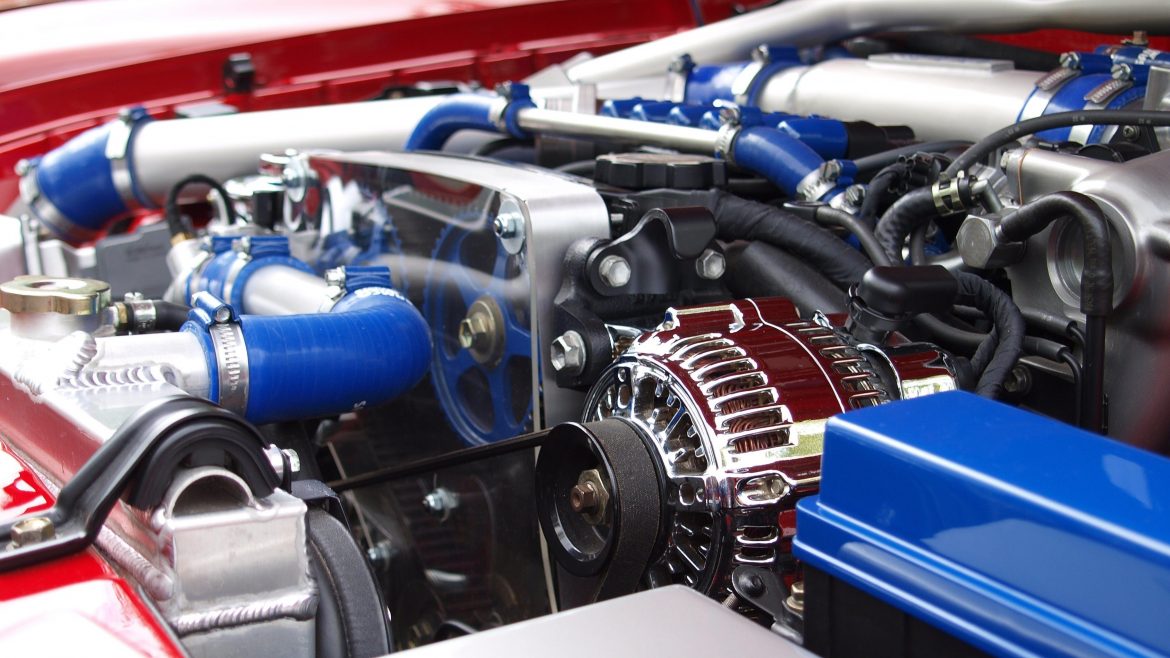Buying your first vehicle is always a momentous occasion. But the purchase just marks the beginning of the ownership experience. Owning and using a vehicle is a journey during which the owner gets an insight into its build quality, the tech it employs and the best maintenance practices. For many first-time vehicle owners, the experience can be a daunting one especially if they’re not well informed about vehicles and significantly harder if they end up falling prey to some common myths. Here we debunk three of these automotive myths. Remember, forewarned is forearmed!
1) You get more fuel if you refuel at a cooler time of the day
It’s easy to fall for this because, on the face of it, it seems logical. When the temperature is low then fuel will be denser and you’ll get more bang for your buck. Firstly, the science is correct. Being a volatile liquid, fuel expands when exposed to higher temperatures (say, during daytime when the sun is out) and becomes less dense. Similarly, when the temperature is lowered, it cools down and becomes denser. So, when the scientific reasoning is right, why is the assumption false?
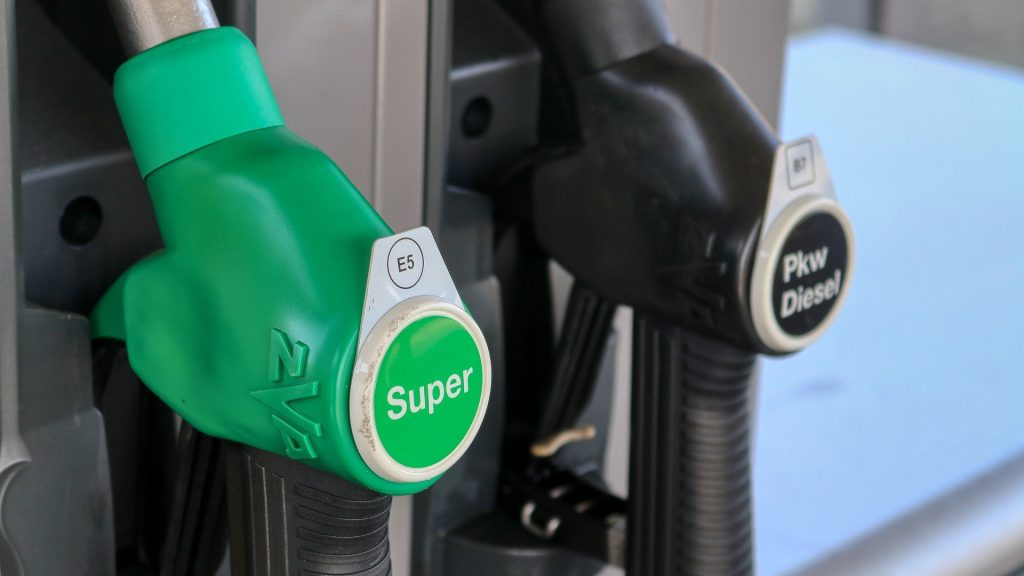
That’s on account of the way fuel is stored at a filling station. Filling stations store their fuel in massive underground steel tanks that are usually situated below thick layers of concrete for additional insulation. As a result, the outside temperature does not influence the heating/cooling of the fuel inside those tanks.
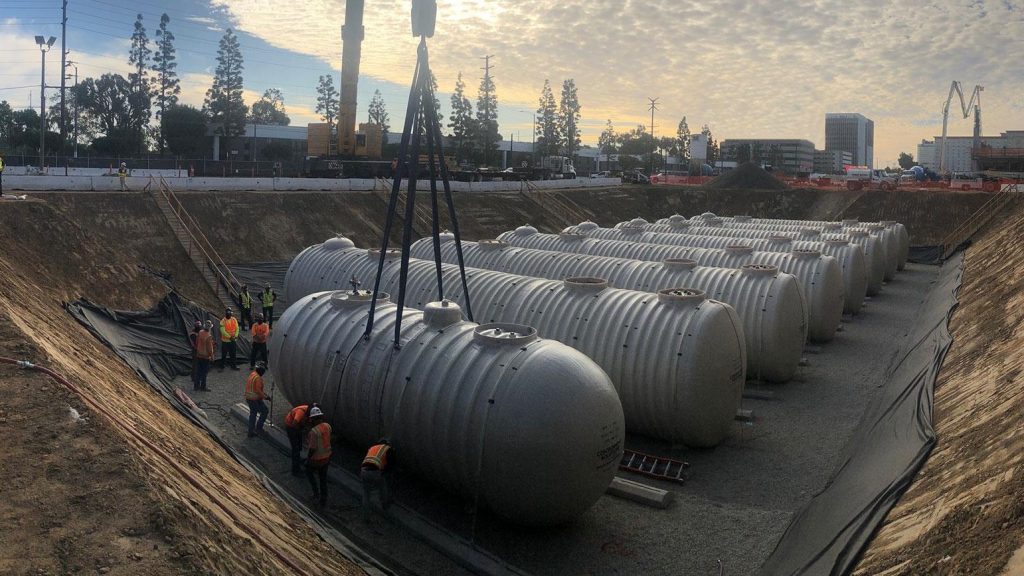
Plus, modern double-walled tanks can also maintain a constant temperature inside them, which generally corresponds to the temperature of the fuel at the time of storage. So, if the fuel coming into the station is warm, the underground tanks can hold it at the same temperature. This eliminates the chance of fuel cooling down and becoming dense while sitting in the underground tank. But even if the fuel is stored, say, in above-ground tanks and exposed to varying temperatures during the day, the volume gains (or losses) will be so minuscule that they won’t really register on the bottom line. You will probably end up saving only a few cents – not on the dollar, but on the cost of the entire tank of fuel.
2) Nitrogen or air? Is there any difference?
There is a difference, a big one. Nitrogen is a non-flammable gas that makes up about 78% of the air around us. However, even though it is more stable than regular air, it is not a truly inert gas (most people think it is). It runs cooler and does not expand or contract because of temperature changes as much as atmospheric air which translates to a capacity to withstand higher temperatures. That’s why Nitrogen is used for aircraft tyres and tyres of race cars, where extreme temperatures are involved. In these cases, tyres filled with regular air could explode.
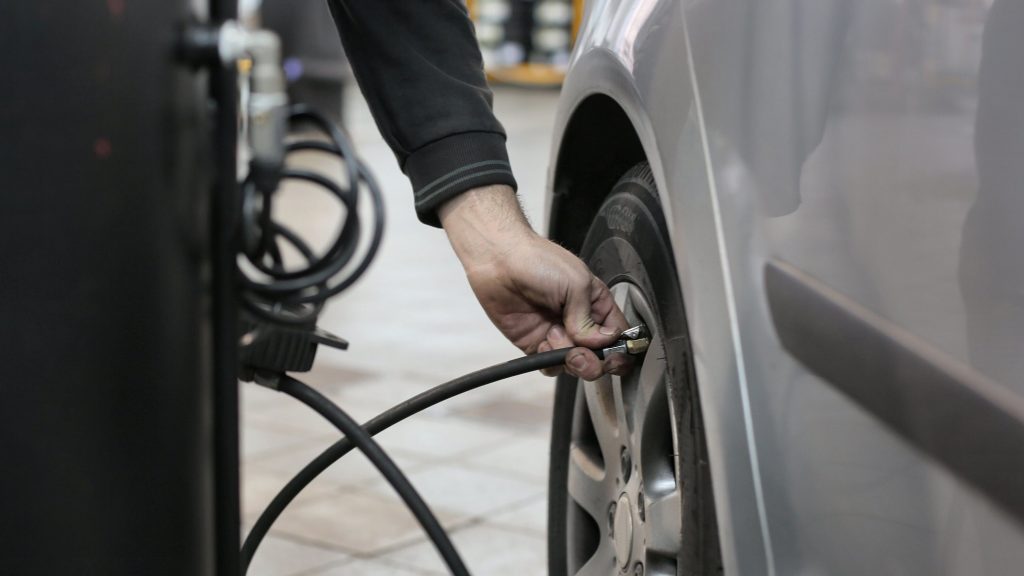
Another reason why Nitrogen is beneficial is due to the difference in its molecule size compared to normal air. The reason why you have to re-inflate car tyres periodically is because air molecules gradually escape from between the tyre and the wheel rim. Of course, this leak occurs very slowly in a new tyre and gathers pace as it ages. Now, Nitrogen molecules are relatively larger than normal air, and the gas doesn’t escape as easily or quickly as normal air does. So, if you find that the tyre pressure in your vehicle needs to be checked and refilled, say once a fortnight, you may be sorted for months at a stretch with Nitrogen.
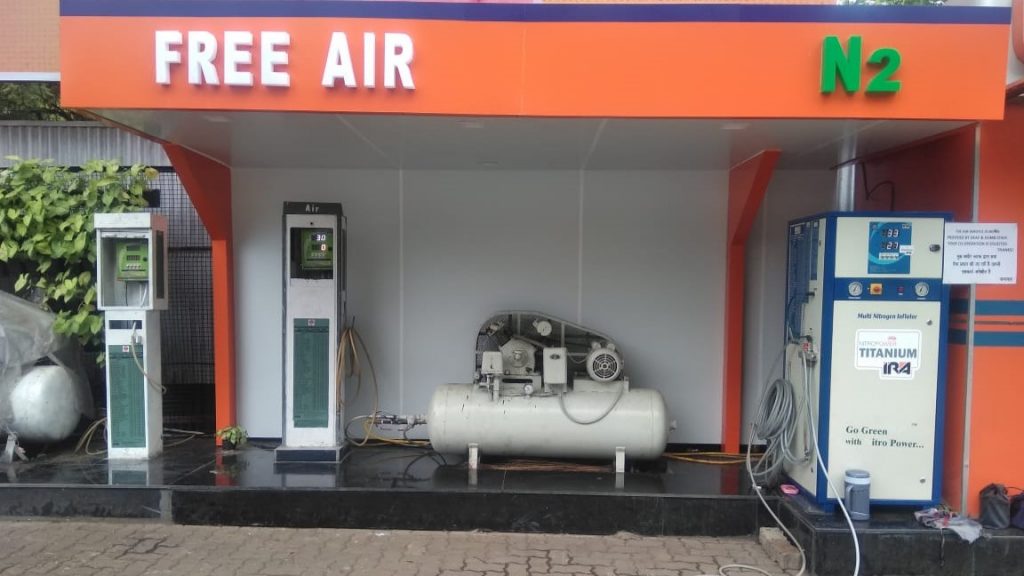
Another aspect where Nitrogen trumps normal air is moisture content. Compressed air contains a fair amount of moisture, which leads to faster tyre degradation especially when vehicles remain unused for a long duration. If you are travelling and know your car will remain parked for a while then getting nitrogen filled will help prolong the degradation process considerably.
Are there any downsides to using Nitrogen instead of air? It’s not free to start with and if you have a puncture then that money disappears into thin air!
3) Using premium fuel translates into better performance
A 2016 report released by the AAA Automobile Club of North America explained how American drivers wasted more than $2.1 billion in the preceding year by using premium-grade fuel in vehicles designed to run on regular fuel. The research indicated that these drivers experienced no benefits from the practice whatsoever.
In general, when talking of performance, fuels are categorised based on octane numbers (in the case of petrol) or cetane (in the case of diesel) ratings. A higher octane rating means the fuel can withstand higher compression before it combusts. In simpler terms, the higher an octane number, the more stable the fuel, meaning it will combust at a higher temperature.
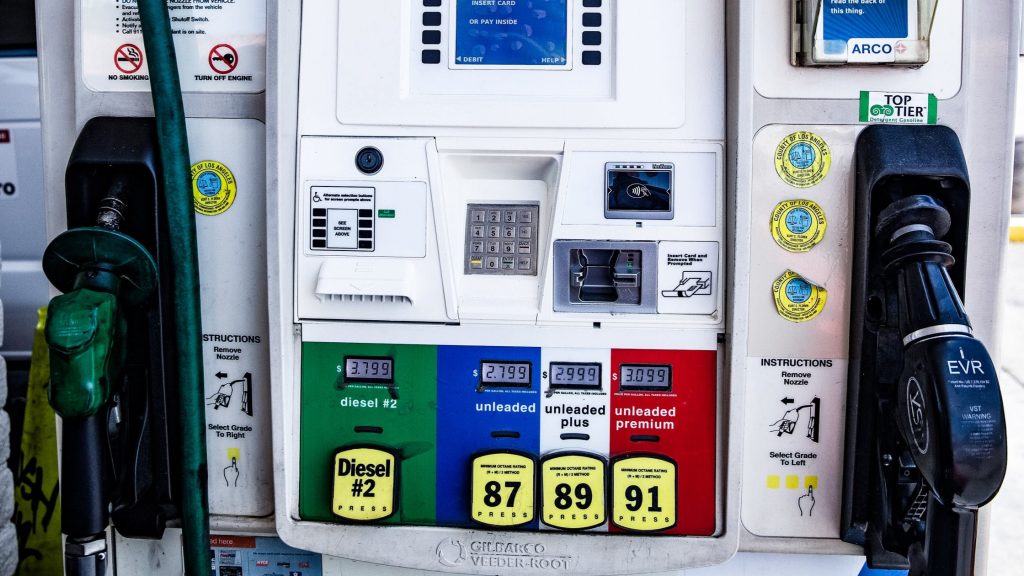
As the fuel grade goes up, the octane rating increases. For example, in India, regular petrol is rated at 91-octane. A premium version can be about 93- to 95-octane, and super premium fuels can go up to 100-octane. And how do you get these different grades of fuel? The basic constituents remain the same across grades – the only difference is that to increase the octane rating, manufacturers add additives and detergents to regular fuel grades to make a premium version. These additives also help in keeping the engine free from carbon deposits and sludge formation, a maintenance requirement generally associated with high-performance engines.
So, how do you decide whether or not your vehicle stands to benefit by using premium fuel? Simple. Stick to the manufacturer’s fuel recommendation for that particular vehicle. You’ll find that information in your vehicle’s owner handbook.
Generally, engines with a high compression ratio (high-performance levels) require higher octane fuel to achieve the intended level of performance, fuel efficiency and emissions. These types of engines are found in premium vehicles, especially sports cars. However, most small-capacity cars are designed to run on regular fuel. So, if you shell out more to fill a regular car with premium fuel, chances are you might not experience any benefits at all, simply because the powertrain is not advanced enough to reap benefits from the premium fuel. So, why waste money?
But what if the situation is reversed? What if your vehicle requires premium fuel, but due to its unavailability, you have no choice but to fill up with a regular grade? While older vehicles may be susceptible to a phenomenon called engine knocking (explained below) when run on low-octane fuel, modern vehicles are equipped with sensors which work with the Electronic Control Unit (ECU) – the brain of the vehicle – to prevent knocking and subsequent engine damage. When you use a lower fuel grade than recommended or required, a modern vehicle’s ECU can account for different octane levels and adjust accordingly. However, there is a good chance the power and economy figures might take a hit, and the CO2 emissions might go up.
In a spark-ignition internal combustion engine (engines which use spark plugs), the air-fuel mixture is to be ignited by the spark plug at a precise moment in the piston’s stroke. Knocking occurs when the air-fuel mix inside a cylinder does not combust at the perfect time – the moment when the spark plug produces its spark. The phenomenon sounds like the metal parts are being tapped or ‘knocked’ with a hammer, giving it its name.
*Images used for representational purposes only.

